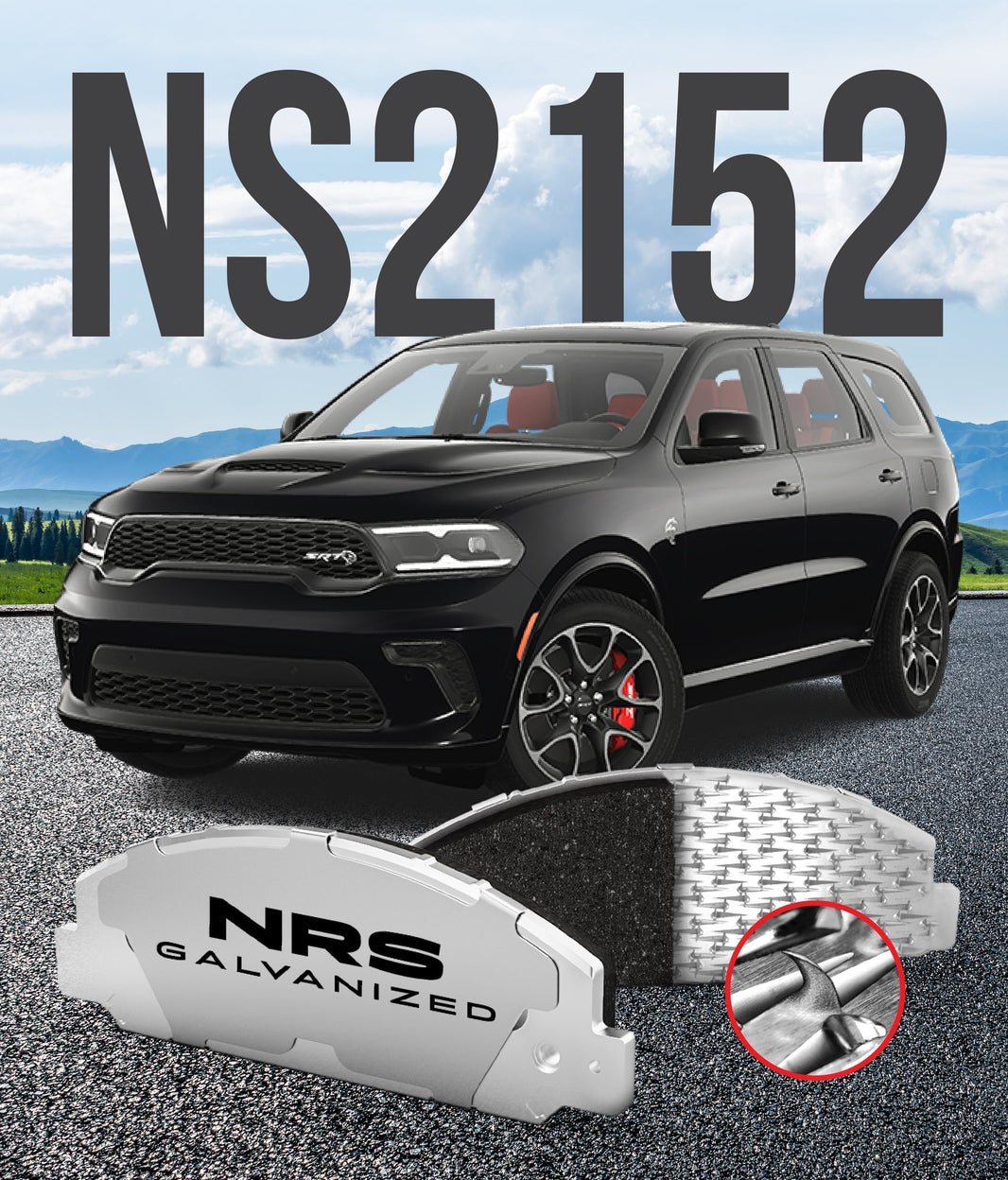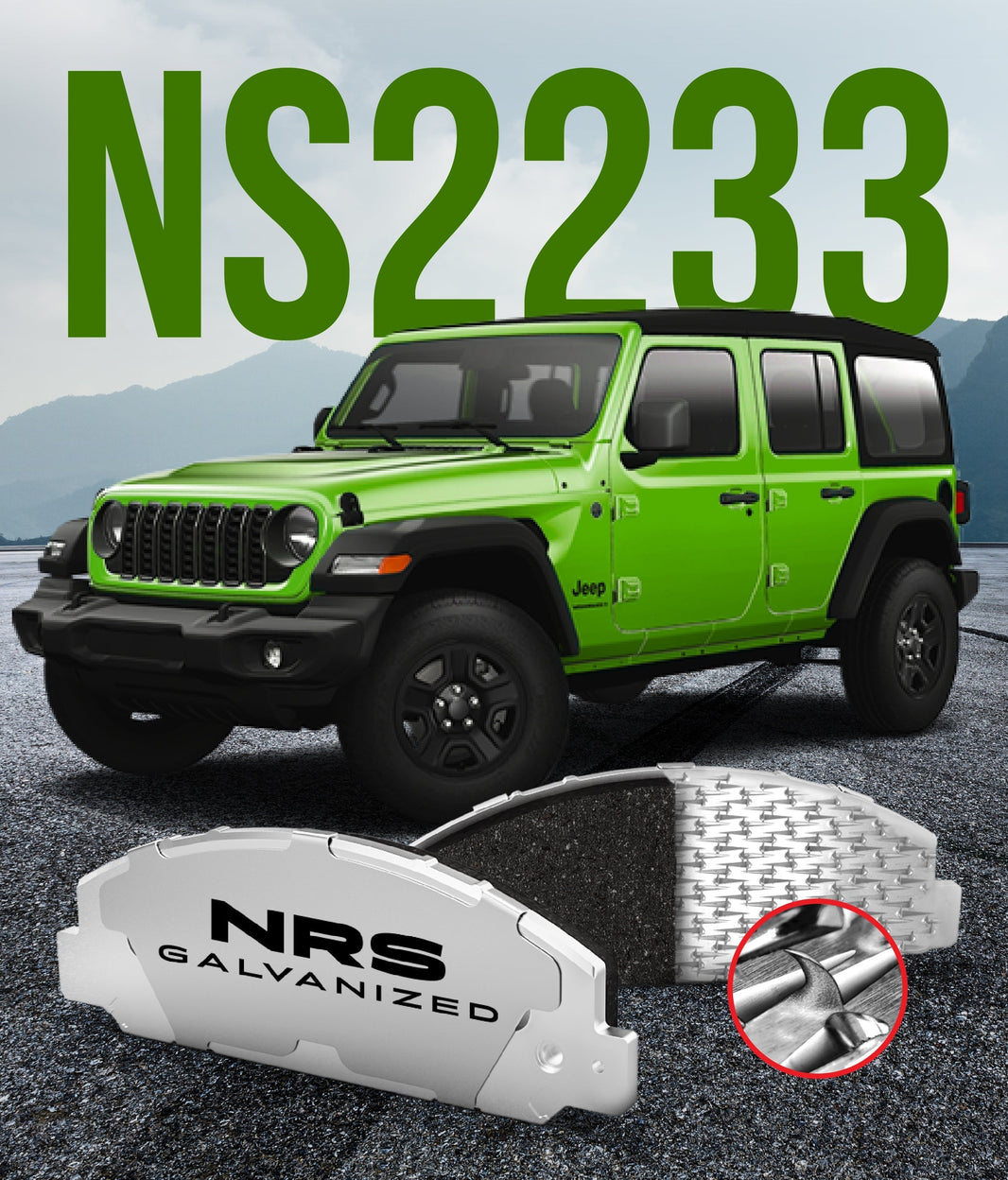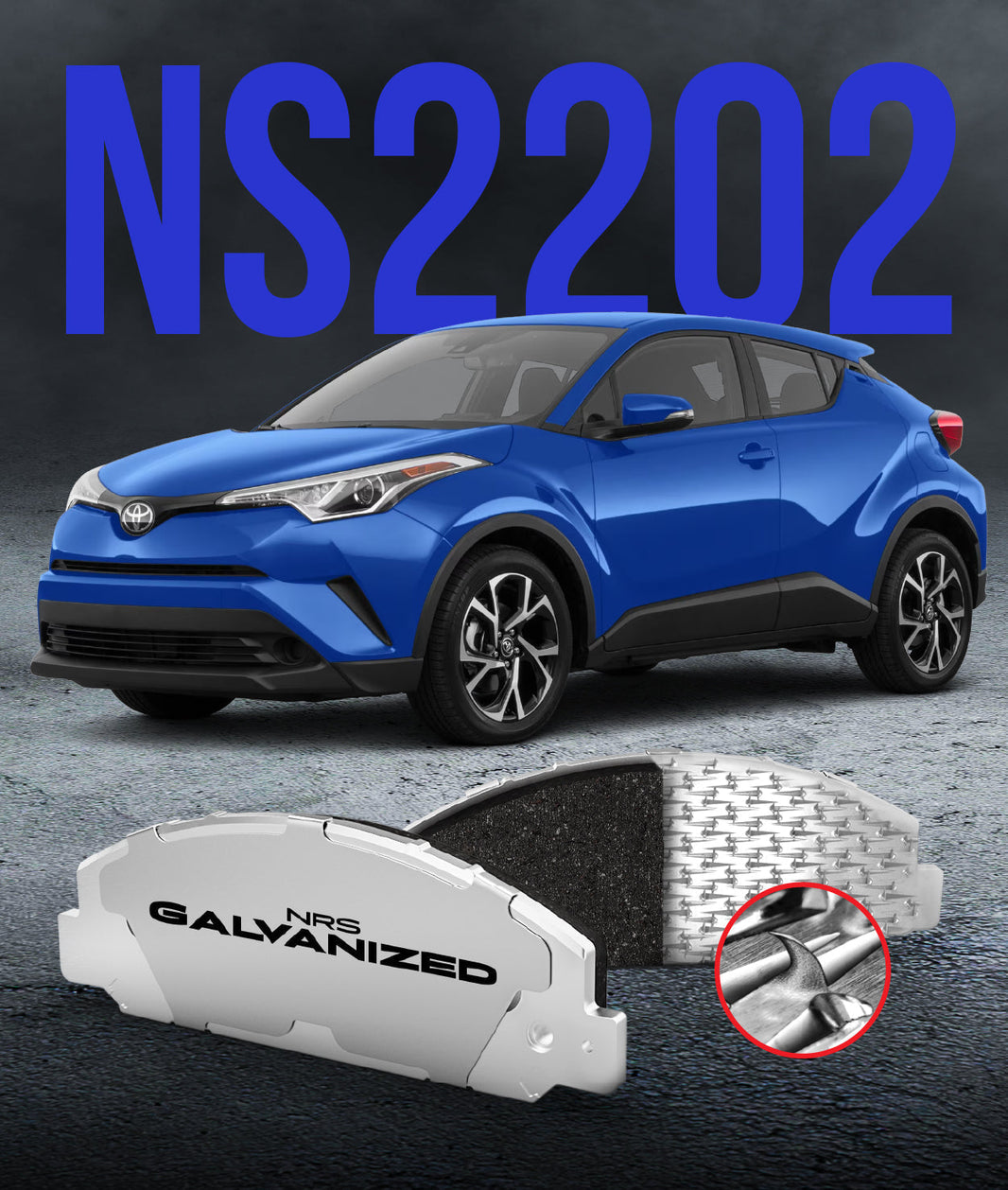 When you press the brake pedal, you expect your car to stop. It is the most fundamental safety feature of any vehicle, yet have you ever truly considered the components responsible for that action? For most owners, the factory-installed traditional brake pads work just fine, but a world of specialized options exists.
When you press the brake pedal, you expect your car to stop. It is the most fundamental safety feature of any vehicle, yet have you ever truly considered the components responsible for that action? For most owners, the factory-installed traditional brake pads work just fine, but a world of specialized options exists.
This leads to a critical question that arises during maintenance or when seeking better performance. Is it wise to stick with the manufacturer's parts, or does an aftermarket brake pad upgrade offer a genuine, tangible benefit? This guide will dissect the differences, helping you invest your money wisely and make the best choice for your car.
The Factory Standard: Defining Traditional Brake Pads
When discussing traditional brake pads, we are referring to the Original Equipment Manufacturer (OEM) components. These are the pads your vehicle was fitted with at the factory. Car manufacturers design these parts with a very specific philosophy in mind: balance.
They are engineered to provide a compromise that suits the widest possible range of customers. These pads deliver quiet operation, a long service life, and predictable performance under normal driving conditions. Think of them as the all-season tires of the braking world; competent everywhere, but not specialized for anything.
Exploring the Aftermarket: A World of Choice
The aftermarket consists of parts made by companies other than your vehicle's original manufacturer. This segment of the automotive industry is vast, offering an enormous selection of brake pads. This variety provides solutions that go far beyond the one-size-fits-all approach of factory parts.
Here, you can find everything from simple, budget-conscious replacements to highly engineered performance compounds. The aftermarket empowers you to fine-tune your car's braking system to your exact needs. It gives you direct control over how your brakes feel and react.
Direct OEM-Equivalent Pads
A large portion of the aftermarket is dedicated to producing direct OEM-equivalent brake pads. These are designed to meet or, in many cases, slightly exceed the performance standards of the factory parts. They offer a great balance of quality and value.
For the driver who is content with their car's stock braking capabilities, these serve as a very practical choice. They restore the original feel and safety of the vehicle without the premium price often associated with dealership parts. This makes them a smart option for routine maintenance.
Performance-Focused Upgrades
This is where the aftermarket truly stands out for enthusiasts and discerning drivers. Performance-oriented brake pads are created with a clear goal: to improve your vehicle's stopping ability. This can manifest as a stronger initial "bite" the moment you touch the pedal.
It also translates to superior resistance to brake fade, a dangerous loss of performance caused by overheating. These pads use advanced friction materials that maintain their integrity under much higher temperatures. They are an excellent choice for spirited driving or for anyone desiring an additional layer of safety.
Application-Specific Solutions
Beyond general performance, some aftermarket pads are built for highly specific duties. If you frequently tow a boat or haul heavy cargo, your braking system is placed under immense stress. Even the unique demands of regenerative braking have led to the development of brake pads specifically for EVs.
Likewise, a driver who participates in track day events needs a pad that can withstand repeated, high-speed stops without fail. These specialty compounds offer a level of heat tolerance and friction that traditional brake pads simply cannot provide. They are purpose-built for extreme use.
A Direct Comparison: Key Performance Metrics
To make an informed choice, you must understand how different brake pads measure up in key areas. The characteristics of traditional and aftermarket pads can vary dramatically. Your personal driving style and needs will ultimately dictate which set of compromises is acceptable to you.
Analyzing these attributes reveals why an upgrade can be so beneficial for some drivers. It is about more than just raw stopping power; it is about feel, consistency, and confidence in all situations. Consider these crucial points.
-
Stopping Power and Friction: Traditional brake pads offer smooth, consistent friction designed for comfort and predictability in daily traffic. In contrast, performance aftermarket pads often use more aggressive compounds to increase the friction coefficient, which can shorten stopping distances.
-
Heat Management and Fade Resistance: Under heavy, repeated use, such as descending a steep mountain road, standard pads can overheat and lose their effectiveness. Performance pads are made with materials that excel at dissipating heat, ensuring they perform reliably when it matters most.
-
Durability and Pad Life: Automakers design traditional brake pads for a long and reliable service life under average driving conditions. The specific materials used will determine how long will my galvanized brake pads last, with some performance pads trading a shorter lifespan for superior stopping ability.
-
Noise, Vibration, and Harshness (NVH): Car companies invest heavily in ensuring their OEM pads are nearly silent. While some aggressive aftermarket pads may produce more noise, many premium options offer a quiet solution that rivals or exceeds factory standards.
-
Brake Dust Production: A primary goal for most OEM pads is to produce very little dust, which helps keep your wheels looking clean. Aftermarket pads offer a wide spectrum, from ultra-low dust ceramic formulas to performance compounds where moderate dust is a known byproduct.
The Science of Stopping: A Look at Friction Materials
The real secret to a brake pad's behavior lies in its friction material. This engineered compound is the part of the pad that contacts the brake rotor to slow the car. Its specific formulation dictates nearly every aspect of its performance.
Understanding the fundamental types of materials will help you know what you are buying. Each formulation presents a unique profile of strengths and weaknesses. The three most common categories are distinct.
-
Organic: Also known as Non-Asbestos Organic (NAO), these compounds are common in traditional brake pads. They are made from a mix of fibers, fillers, and resins that make them quiet and easy on rotors. Their main drawback is lower heat tolerance and faster wear under hard use.
-
Semi-Metallic: These pads contain a significant amount of metal fibers, such as steel or copper, in their mix. This metal content provides better stopping power and helps conduct heat away from the rotor. The trade-offs can include more noise and dust compared to organic pads.
-
Ceramic: A very popular choice for a premium aftermarket upgrade, ceramic pads blend ceramic fibers with non-ferrous metals. They offer strong, fade-resistant performance that is also exceptionally quiet and produces very little dust. This makes them a fantastic all-around solution for many drivers.
Making the Right Call for Your Vehicle
Choosing to upgrade your brake pads is a decision rooted in your personal use case. You should first analyze your typical driving environment and habits. Do you primarily navigate urban traffic, or do you often face demanding situations like towing or spirited driving?
A crucial part of this decision is ensuring your entire braking system is in good condition. Regular car brake inspections are essential for safety, regardless of what pads you use. If you feel your current brakes are not responsive enough, an upgrade is a very logical step.
The Cost Factor: An Investment in Performance
It is true that high-quality aftermarket brake pads typically carry a higher price tag than standard replacements. The advanced material science and engineering required to produce a top-tier pad are reflected in its cost. Understanding the factors involved is key to decoding brake pad replacement cost.
However, it is better to view this cost as an investment in your vehicle’s capability and your own confidence. For a work truck hauling thousands of pounds or a sports sedan driven on winding roads, the benefit of enhanced braking is clear. In these scenarios, the added performance provides a significant return.
Conclusion: Matching the Brakes to Your Drive
In the end, the choice between aftermarket and traditional brake pads is a matter of purpose. Traditional OEM pads are masterfully engineered for the balanced requirements of the general public. Aftermarket pads, on the other hand, offer the freedom to choose a specialized solution for your specific needs.
The best course of action is to evaluate your driving style honestly. If your demands exceed those of the average commuter, the benefits of a quality aftermarket pad are undeniable. At our company, we believe that superior safety is built from superior technology, which is why we developed the foundation for the Best Brake Pads available, ensuring they deliver reliable and long-lasting performance.
What has been your experience with upgrading your vehicle's brake pads?




